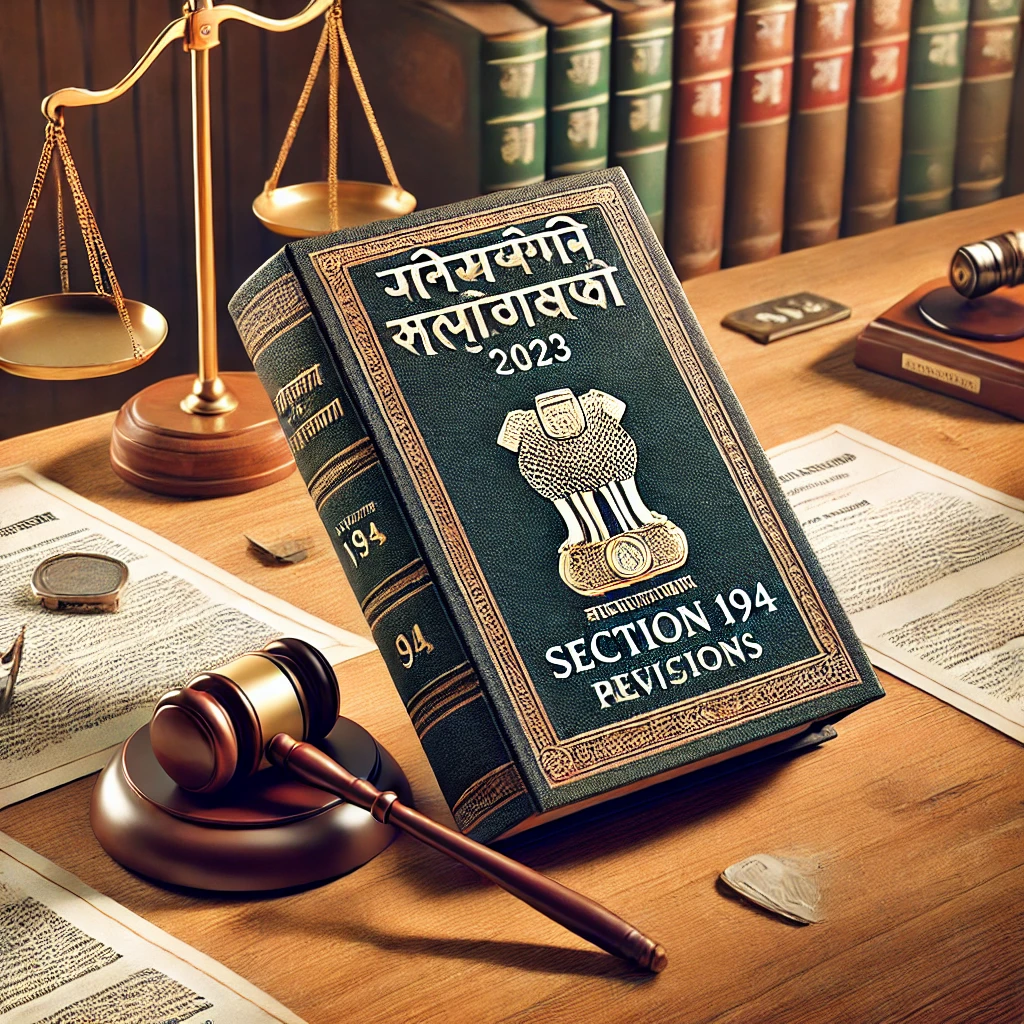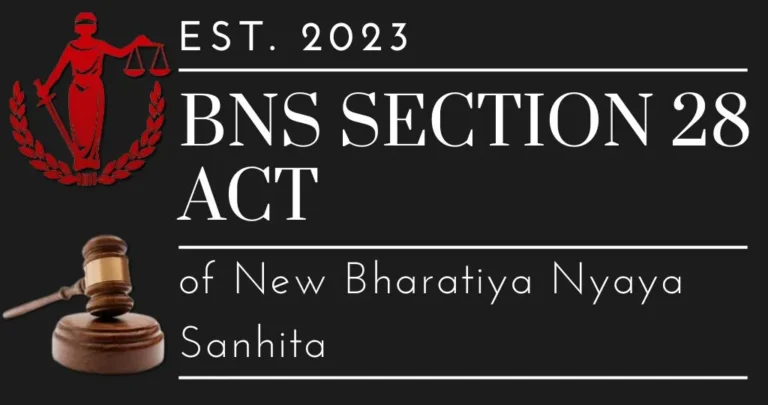
Bhartiya Sakshya Adhiniyam, 2023: An Overview of Section 194 and Related Provisions
Bhartiya Sakshya Adhiniyam, 2023: A Brief Overview of Section 194 and Consequent Provisions
The Bhartiya Sakshya Adhiniyam, 2023 was implemented on 1st July, 2024, to repeal the Indian Evidence Act. The new act brought with it a series of reforms aimed at updating and simplifying the procedure to investigate deaths, particularly when the death is suspicious or related to criminal situations. Section 194 of the Bhartiya Sakshya Adhiniyam prescribes the process for inquiry into death in such suspicious cases. We shall discuss here the major provisions of Section 194 and its sub-sections, giving illustrations to make the provisions more lucid.
Section 194 (1): Police Report of Death and Inquest
For More Updates & Regular Notes Join Our Whats App Group (https://chat.whatsapp.com/DkucckgAEJbCtXwXr2yIt0) and Telegram Group ( https://t.me/legalmaestroeducators ) contact@legalmaestros.com.
As per Section 194 (1), when any police officer entrusted with the duty of a police station, or any officer duly authorized by the State Government, gets information regarding the death of a person in suspicious circumstances, he shall forthwith report such information to the nearest Executive Magistrate empowered to hold an inquest. Such information may pertain to all kinds of deaths, viz.
Suicide
Death caused by another individual, animal, machinery, or accident
Death in which the conditions create grounds for suspicion of criminal activity
After being informed, the police officer is required to go to the site where the body of the deceased person is discovered. In the company of two or more credible members of the local community, the officer is required to inquire into the cause of death. The officer will then write a report of any apparent injuries or evidence of violence on the body, including bruises, wounds, and fractures. Also, the report will have an evaluation of the manner and the means (e.g., with a weapon or an instrument) through which the injuries were caused.
For More Updates & Regular Notes Join Our Whats App Group (https://chat.whatsapp.com/DkucckgAEJbCtXwXr2yIt0) and Telegram Group ( https://t.me/legalmaestroeducators )
Example: Suppose a body is discovered in a person’s house with a severe cut on the head. The police officer, after he has received a report of this death, reports to the nearby Magistrate and goes to the house to carry out an inquiry. With two local residents present, the officer inspects the body and observes a bruise close to the wound, indicating that the individual was struck with a blunt object. The officer adds these facts to the report, suspecting that the death could have resulted from someone.
Section 194 (2): Forwarding the Report
Once the investigation is completed, the report drawn up by the police officer should be signed by the officer and the witnesses who were present at the scene. The report is then submitted to the District Magistrate or Sub-divisional Magistrate within 24 hours.
Example: Following the earlier example, the police officer compiles the report on the cause of death, has it authenticated by the resident witnesses of the investigation, and presents the report to the District Magistrate within a day with the due follow-up of investigation procedures.
Section 194 (3): Special Provisions for Deaths of Women Within Seven Years of Marriage
This sub-section deals with special conditions in instances of death of a woman within seven years of marriage. The officer is required to ensure that the body is referred for a medical examination by a competent medical practitioner in the following cases:
If the case is suicide by a woman within seven years after her marriage
If the death gives rise to suspicion that another individual has committed an offence upon her
If a relation of the dead woman asks for an inquiry into her death
In case there is doubt about the cause of death
If the police officer, for whatever other reason, finds it necessary
The body should be referred for medical examination if weather and distance permit, taking care that the body does not rot on the way, which would prevent the examination.
Example: If a five-year-old married woman is discovered dead in her house, the circumstances are not clear, and suspicion arises that she might have been injured by her in-laws. Her parents ask the police to investigate the matter. Based on the nature of the case, the police officer arranges for the post-mortem of the body to ascertain the precise cause of death.
Section 194 (4): Magistrates who may conduct inquests
Some Magistrates under this section have been empowered to conduct inquests and inquire into the cause of death. These are:
Any District Magistrate
Sub-divisional Magistrates
Any Executive Magistrate empowered by special authority of the State Government or District Magistrate for conducting inquests
Example: In a situation where there has been a suspicious death in a rural setting, the Executive Magistrate, who has been specially appointed by the State Government, goes to the scene to carry out the inquest. This ensures that the investigation is comprehensive and complies with legal standards.
Understanding the Importance of Section 194
The regulations of Section 194 guarantee that death investigations are conducted with diligence and documentation. This is especially necessary in instances where criminality is suspected, or where the cause of death is ambiguous or suspicious. The inclusion of dignified local witnesses provides openness to the process, and sending the report to superior authorities guarantees accountability.
In instances of deaths of women within seven years of marriage, additional precautions are given by the law to make sure that cases of domestic violence or dowry-related problems are not missed out. This is a testament to the law focusing on safeguarding vulnerable populations and curtailing concerns of gender-based violence.
Conclusion
Section 194 of the Bhartiya Sakshya Adhiniyam, 2023, clearly lays out the procedures for inquiry into deaths involving suspicious circumstances. By equipping the police and the Magistrates with powers to carry out thorough investigations and providing for medical examinations in certain cases, the law seeks to introduce transparency and justice into such investigations. The elaborate steps under this section serve to prevent foul play and to ensure that every death is given the seriousness it deserves by an investigation. The section addressing women’s deaths within seven years of marriage is especially significant in addressing issues related to domestic violence and other gender-based crimes.
This new law marks an important milestone towards the modernization of India’s legal system, making sure that investigations are carried out effectively while safeguarding the rights of vulnerable groups.






